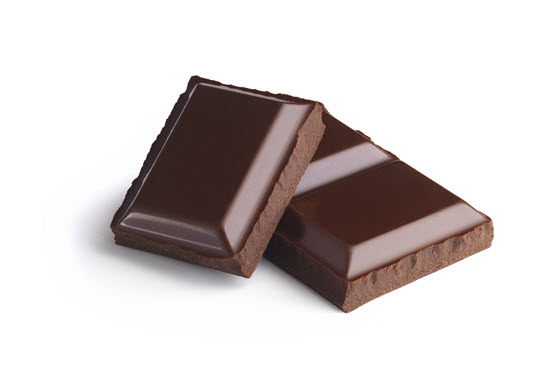
You probably know how I came up with the title of this article. Several years ago, a popular book advocated chocolate consumption based on various factors, some of them unique to women. Hormone changes during PMS, menopause and stress were given as examples. Trust the body and give in to your cravings, the author told us! Indulging is better than depriving ourselves. Fat and carbs like bread and chocolate are the body”™s natural feel-goods. (Yes, it really says that.)
Where are the anti-gluten, anti-processed food champions when we need them?
The good thing about the book was the extensive bibliography. I researched, read and cited a few of the references in my dissertation. Still, the author”™s conclusions are flawed. For instance, she says cravings reflect the body”™s needs. It”™s a common theory, but it”™s just not the case with processed, addictive foods.
So I hope you haven”™t been recommending chocolate for your students, even if it”™s PMS time!
Why talk about this not-so-new book? Because cocoa is news. No doubt you”™ve read about, heard about, and talked about the benefits of cocoa, particularly dark, unsweetened, 70% cacao. They”™re everywhere lately: the antioxidant benefits due to the specific flavonoids in cocoa, called polyphenols.
A quick summary of the benefits includes decreases in all of these: blood pressure, insulin resistance, excess clotting, diabetes risk factors, and the risk of cancer, stroke, and coronary heart disease.
In addition, cocoa promotes increased HDL (good) cholesterol and improvements in vascular health and gut bacteria, which thrive on the polyphenols. Cocoa can prevent oxidation of LDL, which contributes to arterial disease when unchecked. It even seems to inhibit fluid secretion in the small intestine, so research may soon show it to be effective in treating diarrhea.
Other health benefits are reduced fatigue and improved mood, both due to cocoa”™s natural theobromine (similar to caffeine). Another mood-elevating chemical in cocoa is phenylethylamine, sometimes likened to the feeling of being in love.
What I won”™t do — send me your hate mail now — is what the book”™s author did, namely recommend chocolate. Even 70% dark chocolate.
Why not? The drawbacks of sugar are too great. In fact, sugar can singlehandedly reverse almost every one of the benefits of cocoa listed above.
But there”™s not much sugar in 70% chocolate, you say.
I specialize in sugar addiction, so I look at sugar”™s consequences differently. Recently, at someone else”™s seminar, a participant offered her opinion that “sugar is bad in large quantities.” You”™ll never hear me argue with that! Yet sugar can be bad even in small quantities because of its sneaky effects.
One sneaky effect of sugar is to increase appetite. Another sneaky effect is to change food preferences. Both of these are due to endorphins, which are often overlooked when people talk about health or food.
And what then? Your students may eat an “innocent” amount of chocolate and find themselves wanting more food in general AND more endorphin-triggering foods — such as sugar of all types.
This is how the quantity of sugar can go way up when students eat chocolate for its “health” benefits. Health becomes the excuse for eating sugar. And that”™s why I won”™t recommend it (no matter who does).
But I will — and do — strongly recommend cocoa. Dark, unsweetened, 70% cacao will let you reap the benefits of cocoa without the drawbacks of sugar. Please tell your students.
- New Year’s Resolutions: A Sugar Addict’s Survival Guide - April 15, 2024
- Motivation vs. Enthusiasm - October 12, 2023
- Why Exercise Shouldn’t Be Just One Thing - November 9, 2022
